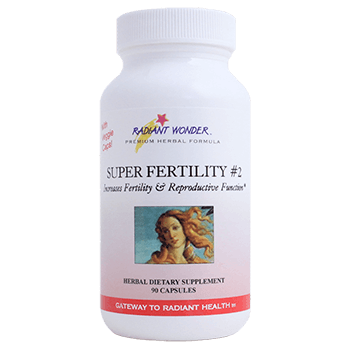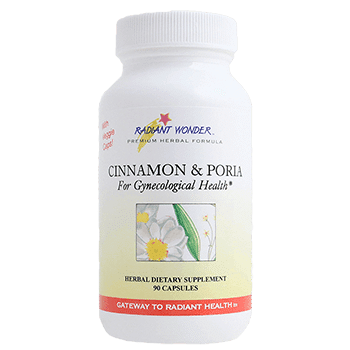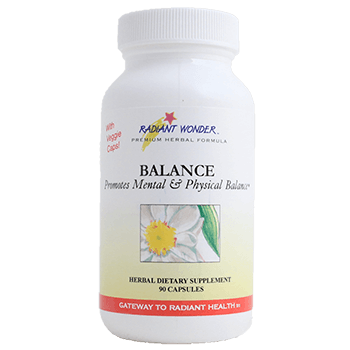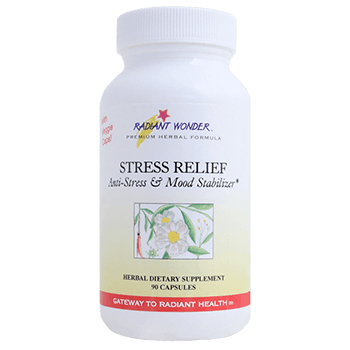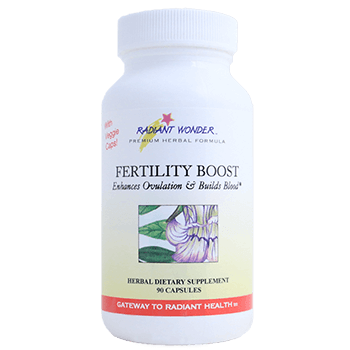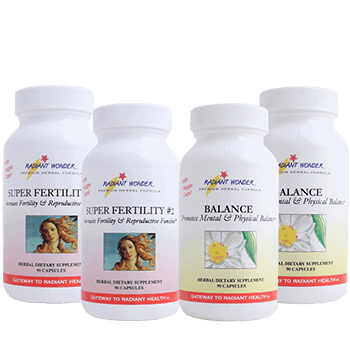What are Nightshades?
The Nightshades are a botanical family. The Latin name for this family is Solanaceae. All plants in this family group produce something called solanine – which is a bitter tasting glycoalkaloid compound. The solanine/glycoalkaloid compound in these plants is a natural pesticide. It’s there to defend the plants from bacteria, fungi, viruses, and plant-eating insects.
How Do The Glycoalkaloids Kill Insects?
In a two-pronged attack.
1. The glycoalkaloid compound binds to cholesterol in the cell membranes of the insect. This binding action disrupts the structure of the cell membrane – forcing the cell to leak or burst wide open.
2. Glycoalkaloids are also neurotoxins, which work in exactly the same way as nerve gases used by the Military. They act by blocking an enzyme called cholinesterase.
Cholinesterase breaks down something called acetylcholine. Acetylcholine is a vitally important neurotransmitter. Its’ job is to carry signals from nerve cells to muscle cells. If the cholinesterase enzyme is blocked, it is unable to function and the result is a buildup of acetylcholine. This buildup stimulates the muscle cells too much, which leads to paralysis, convulsions, respiratory arrest and ultimately, death.
Yikes – are Glycoalkaloids Harmful for Us?
We are a lot bigger than insects, so we would have to eat a lot of the leaves and stems of the nightshade plants to see a negative reaction. A huge salad of the leaves might upset your stomach. People with arthritis and other chronic conditions are sometimes advised to avoid all nightshade plants because they are said to cause inflammation and pain.
Is this true? The answer is yes and no.
Ironically, nightshade plants have high levels of antioxidants, which help to reduce inflammation. Chili peppers also contain capsaicin, which is a compound with strong anti-inflammatory properties. So, if you suffer from arthritis – nightshade plants could actually be helpful, but even then, there are pros and cons…
Scientific Study
Because a lot of scientific studies into foods are sponsored by food companies, the majority are exploring their potential benefits. More study is needed into the negative effects of nightshades.
However, there are many documented cases of nightshade toxicity – showing how poisonous these plants can be to our central nervous system. They are certainly able to cause severe neuropsychiatric side effects in human beings.
Solanine Poisoning
In his 2012 book “Medical Toxicology of Natural Substances: Foods, Fungi, Medicinal Herbs, Plants and Venomous Animals” Donald G. Barceloux describes how a group of schoolboys suffered solanine poisoning after eating potatoes that had been stored for too long.
Keep in mind that these reactions just happened to be recorded due to their severity. There is no documented information about how everyday consumption of nightshades affects sensitive individuals.
Which Foods Contain Nightshades?
- Ashwaganda (Adaptogenic herb)
- Curry Powder
- Eggplant
- Goji Berries
- Spice blends and hot sauces
- Peppers of all kind (cayenne, chili pepper, bell pepper, etc.)
- Potatoes (does NOT include sweet potatoes)
- Tomatoes / Tomatillos
People Who Should Avoid Nightshades
If you are sensitive to solanine or glycoalkaloids, then eating nightshade plants will cause an inflammatory reaction in your body – and that reaction will probably include painful joints. If your digestive tract is functioning efficiently, it won’t allow the glycoalkaloids to enter your bloodstream because glycoalkaloids are very poorly absorbed.
However – if your digestive tract is below par and you eat nightshades daily, the levels of glycoalkaloids will be able to build up and accumulate in the tissues and organs of your body. This accumulation is possible because it can take many days for your body to clear the glycoalkaloids out of your system. This is also why you may not see an immediate bodily response to any glycoalkaloids that you’ve eaten.
Am I Sensitive to Nightshades?
With all food sensitivities, the only way to be sure if you have one or not is to –
- Remove the potentially offending item
- Assess your symptoms to see if there has been an improvement
So, if you have joint pain and you regularly eat tomatoes, peppers, potatoes, or eggplant, try cutting them out of your diet and see if you notice any difference in your symptoms.
How Long Should I Cut Them Out of My Diet? – The 3 Month Test
Everyone is different so you’ll need to find out whether these foods are causing issues for your own body. If you have lots of body and joint pain it is well worth the effort to find out if you can actually live without pain.
People have different degrees of sensitivity – but in our experience with our clients, it is pretty impossible to gage your sensitivity until you cut out the suspected item for at least 3 months. Just do it. Take every nightshade out of your diet. Check all the labels. If is says “spices” it is going to have nightshades. Potato flour is in so many things.
You Can Return Nightshades to Your Diet
If you eliminate an item for 6 months, you’ll find there are some you can eat again, but not as much of it as you used to eat. You and your body will decide how much you can tolerate. Most of us have a nightshade or two we really miss, so it is nice to be free to add them back into our diet again. You’ll know if you overdid it! For sure.
Anecdotal Evidence
There are currently no scientific studies into the relationship between nightshade sensitivity and chronic pain or inflammation. However, we know enough about the chemicals in nightshades for common sense to indicate that it is well worth –
a) Seeing these foods as potential triggers for increased pain and inflammation
b) Finding out for sure by eliminating these foods for at least 3 months.
We have helped many people to find relief from painful arthritis, fibromyalgia, and other chronic pain syndromes simply by advising them to cut out nightshades.
If Eliminating Nightshades from Your Diet Improved Your Symptoms…
If you cut them out and see an improvement it could mean that for you, continuing to avoid nightshades is the way forward to help reduce joint pain or other inflammatory symptoms.
If Eliminating Nightshades from Your Diet Didn’t Improve Your symptoms…
If you’ve cut them out and not seen an improvement, it’s highly likely that you don’t have a nightshade sensitivity and you can continue to enjoy these foods.
How Radiant Wonder Can Help You
Traditional Chinese Medicine recognizes that nightshades have a negative impact on the energy meridians.
Our clients have seen the following results when eliminating nightshades from their diet –
- FSH levels fall more quickly
- Prolactin balances
- Chronic UTIs resolve
- Inflammatory bowel diseases become less
- Skin issues from acne to eczema resolve more quickly
The program for each of these issues is unique, but the teamwork of anti-inflammatory nutraceuticals and the elimination of nightshades together are very powerful.
The diet and herbal formulas calm down the inflammation and support renewal and regeneration.
We recommend:
- Antioxidant properties
- Assists in digestion
- Supports steadying of emotions
- Helps to protect against stress, anxiety or excessive worry
- Enhances calmness
- Soothes the spirit
- Supports anti-aging activity
- Helps maintain proper cognitive function
- Improves quality of both ovum and sperm
- Helps eliminate excess fluid from the body
- Promotes increased metabolic rate
- Assists body to decrease inflammation
- Supports emotional and mental health
And either…
- Supports a deep and gentle cleansing of the liver and lymphatic system
- Enhances lymphatic circulation
- Nourishes and helps detoxify lymph system and liver/gallbladder
reduces size of swollen lymph glands - May be used as a preventative formula for breast cancer, cysts, sore throats, and skin conditions
- A nourishing and rebalancing formula
Or…
- Nourishes flow of energy and blood in body to reduce pain
Important Points to Remember
Glycoalkaloid is found throughout the plant, but the highest concentration is in the leaves, stems, and flowers of these plants – and we don’t eat those. High concentrations are also found in unripe fruits and potatoes that have started to sprout or that have green areas of skin.
Ashwaganda — the most popular nightshade
Ashwaganda, an adaptogenic herb from India is the new darling of the health food industry. It helps adrenal fatigue, just as Gynostemma, Ginseng, Rhodiola, and most other adaptogenic herbs do. However, it is a nightshade. So, if you are cutting out nightshades for the 3 month experiment, avoid Ashwaganda in your diet.


